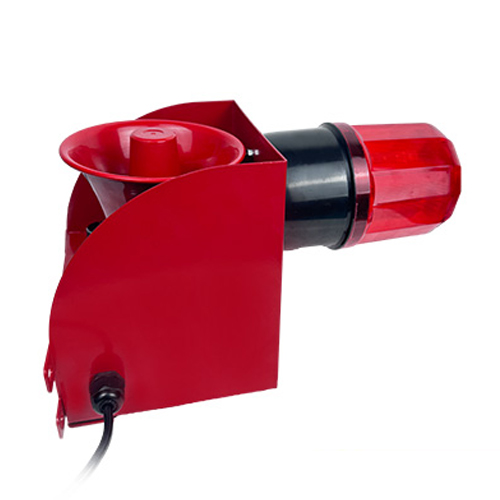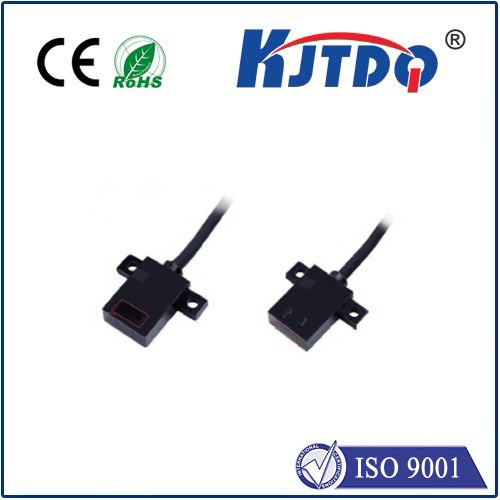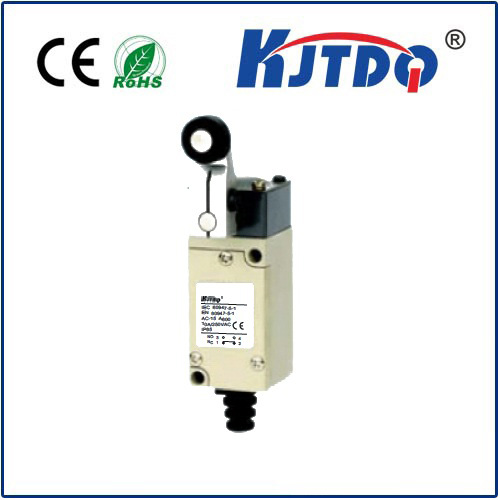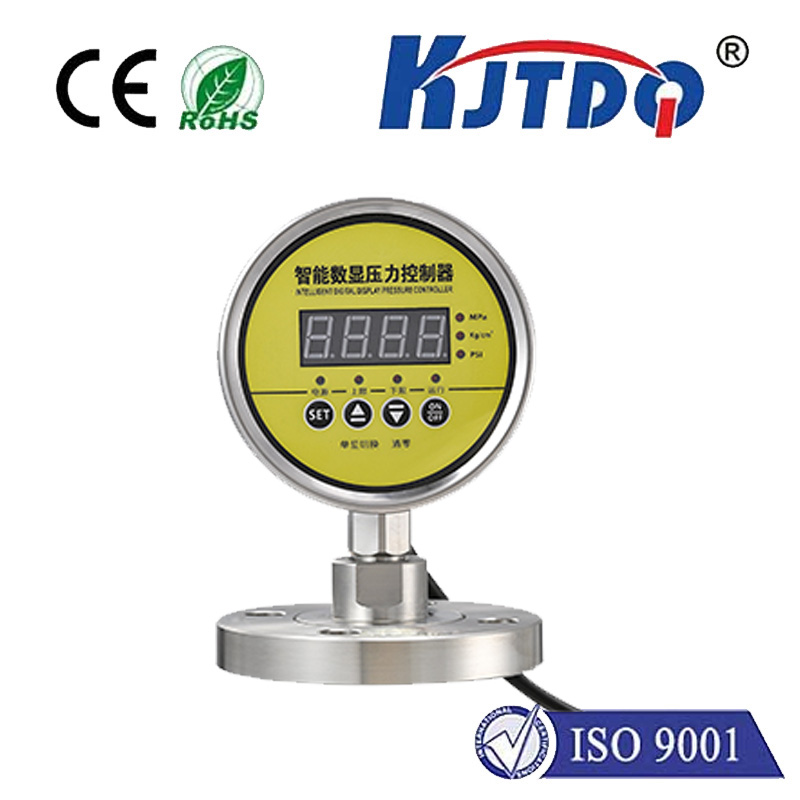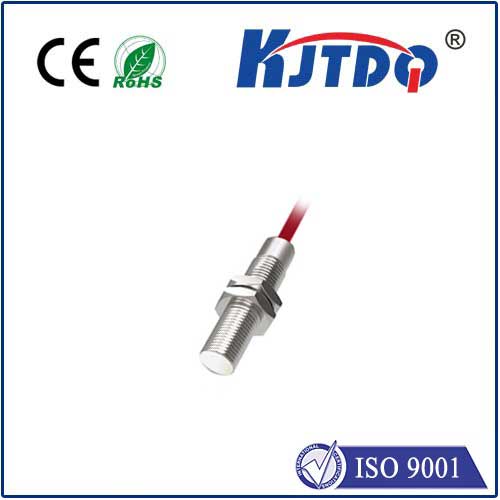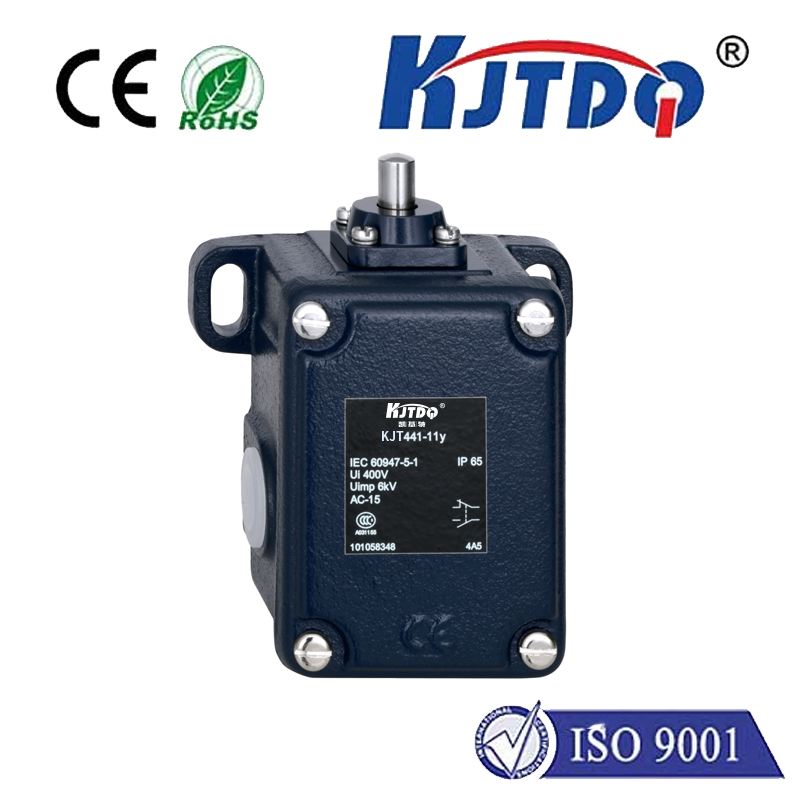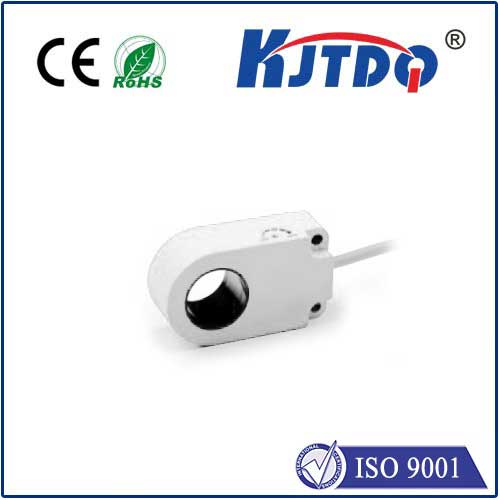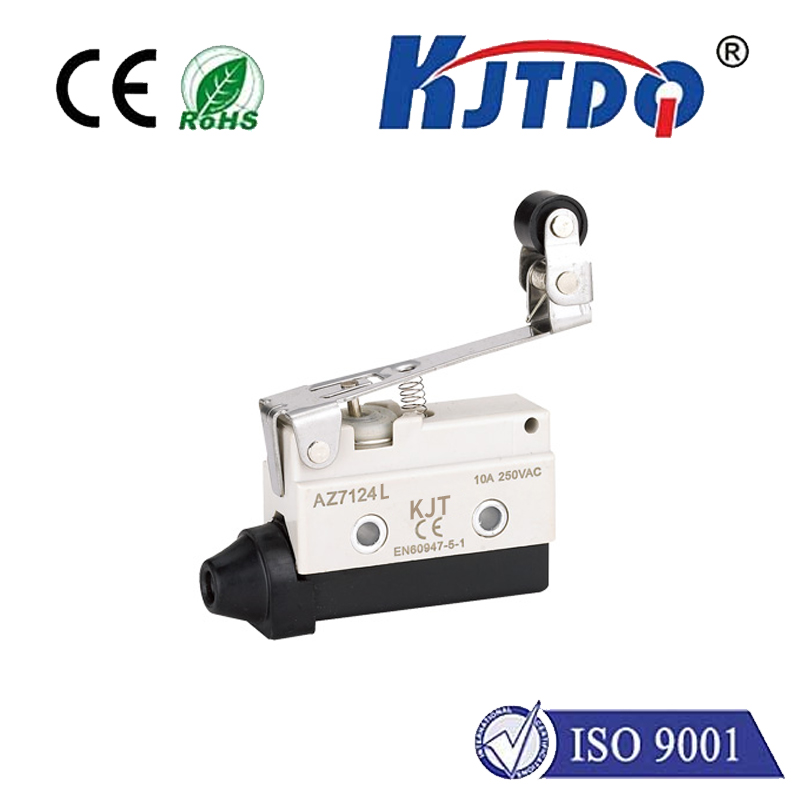duct static pressure sensor
- time:2025-08-19 10:33:52
- Нажмите:0
The Critical Role of Duct Static Pressure Sensors in Modern HVAC Systems
Imagine your building’s HVAC system as a complex circulatory system. Just as blood pressure indicates heart health and circulation efficiency, duct static pressure is the vital sign revealing how well conditioned air flows through your ductwork. And the essential tool measuring this crucial parameter? The often unheralded duct static pressure sensor. This unsung hero plays a pivotal role in ensuring energy efficiency, occupant comfort, and system longevity.
Understanding Static Pressure: The Invisible Force
Before diving into the sensor itself, let’s clarify what we’re measuring. Static pressure within a duct is the force exerted perpendicular to the direction of airflow. Think of it as the potential energy stored within the duct system, pushing outward against the walls. It’s distinct from velocity pressure (the force of moving air) and total pressure (their sum). Accurate static pressure measurement is fundamental because it directly influences:
- Fan Operation: The HVAC fan must work against this static pressure to move air. Knowing the pressure tells the fan controls exactly how hard it needs to work.
- Airflow Rates: According to fundamental fan laws, the airflow delivered by a fan is directly affected by the static pressure it encounters.
- System Balance: Proper static pressure indicates whether ducts are sized correctly and dampers are set appropriately to deliver the designed airflow to each zone or room.
The Sensor: Precision at the Point of Measurement

А.duct static pressure sensor is a specialized pressure transducer designed for HVAC environments. Its core function is to convert the physical static pressure force into an electrical signal (typically 0-10V DC, 4-20mA, or digital protocols like BACnet) that the Building Automation System (BAS) or dedicated HVAC controller can interpret.
Key components and operation usually involve:
- Pressure Ports: Two primary ports: one connects to a pressure tap in the duct (often located 2.5 to 3 duct diameters downstream from major disturbances like elbows or fan outlets to ensure laminar flow conditions for accuracy), measuring the total pressure inside.
- Reference Port: The other port is open to the ambient air outside the duct, providing the reference point (usually atmospheric pressure). Some sensors might use a differential setup measuring pressure between two points in the duct system (e.g., supply vs. return).
- Sensing Element: Inside the sensor housing, micro-electromechanical systems (MEMS) technology or a diaphragm detects the minute deflection caused by the pressure difference between the duct port and the reference port.
- Signal Conditioning: The sensor conditions the raw signal from the sensing element, amplifying, linearizing, and converting it into the standard output range expected by the control system.
- Enclosure: Protects sensitive electronics from dust, moisture, temperature extremes, and physical damage commonly found in mechanical rooms or above ceilings.
Why Accurate Duct Static Pressure Measurement is Non-Negotiable
Integrating a high-quality duct static pressure sensor isn’t just a technicality; it delivers tangible, significant benefits:
- Optimized Energy Efficiency: This is paramount. By providing real-time static pressure readings, the sensor allows the BAS to implement proven strategies like duct static pressure reset. Instead of the fan running at a constant, often unnecessarily high speed, the controller dynamically adjusts the fan speed (typically using a Variable Frequency Drive - VFD) to maintain only the pressure needed to satisfy the current demand. Studies consistently show this strategy can reduce fan energy consumption by 20-50% or more. An inaccurate or missing sensor means the fan likely runs faster and longer than necessary, wasting significant energy and money.
- Enhanced Comfort & Indoor Air Quality (IAQ): Maintaining the correct static pressure is fundamental to delivering the designed airflow. Too low, and distant zones or rooms receive insufficient conditioned air, leading to hot/cold spots and potentially inadequate ventilation (impacting IAQ). Too high, and excessive noise can occur at registers, ductwork may leak, and energy is wasted. Precise control ensures consistent comfort and meets critical ventilation requirements for occupant health.
- Improved Diagnostics & Predictive Maintenance: Monitoring static pressure trends provides invaluable diagnostic insights. A sudden increase could indicate a clogged filter, blocked duct, or closed damper. A gradual decline might suggest developing duct leaks or a fan performance issue. This enables proactive maintenance, preventing minor problems from escalating into costly failures or system shutdowns.
- Extended Equipment Lifespan: Fans and motors running continuously at higher-than-necessary speeds experience more wear and tear. Optimizing fan operation via static pressure control reduces mechanical stress, lowering maintenance costs and significantly extending the operational life of these expensive components.
- Verification of System Performance: During commissioning or ongoing performance verification, comparing actual measured static pressure to design specifications is essential. It confirms that the duct system was installed correctly and that the fan is performing as expected – a critical step often missed without proper sensing.
Critical Considerations for Installation and Selection
To reap these benefits, proper deployment is essential:
- Location, Location, Location: Sensor accuracy is heavily dependent on placement. Always follow manufacturer guidelines and industry best practices (like ASHRAE recommendations). Key rules:
- Place pressure taps in long, straight duct runs whenever possible.
- Avoid locating taps near elbows, dampers, take-offs, transitions, or fan discharge outlets where airflow is turbulent. The general rule is 2.5 to 3 duct diameters downstream and 0.5 to 1 diameter upstream from any obstruction.
- Ensure the reference tube is open to stable ambient air, away from drafts or exhausts.
- Sensor Range & Accuracy: Select a sensor whose pressure range comfortably covers the system’s expected operating pressures (including start-up transients). Pay close attention to the stated accuracy (e.g., ±0.5% of full scale) – higher accuracy sensors provide better control fidelity but may cost more.
- Environmental Suitability: Ensure the sensor’s operating temperature and humidity ranges, and its ingress protection (IP) rating, are suitable for the installation environment (e.g., hot attic, damp mechanical room).
- Output Signal & Compatibility: Match the sensor’s output signal (analog voltage/current, digital protocol) to the input capabilities of the receiving controller or BAS.
- Calibration & Maintenance: While modern sensors are stable, periodic verification against a known standard (a manometer) is good practice, especially for critical applications or if performance issues are suspected. Keeping pressure taps clear of dust is also vital.
Beyond the Basics: The Future of Static Pressure Sensing
The role of the duct static pressure sensor is evolving alongside smart building technology. Increasingly, these sensors are becoming integral nodes within the Internet of Things (IoT) ecosystem. Cloud-connected sensors enable remote monitoring, advanced analytics for fault detection and diagnosis (FDD), and even deeper integration with enterprise energy management systems. The humble pressure tap is becoming a key data point driving the intelligence of next-generation, highly efficient buildings.

